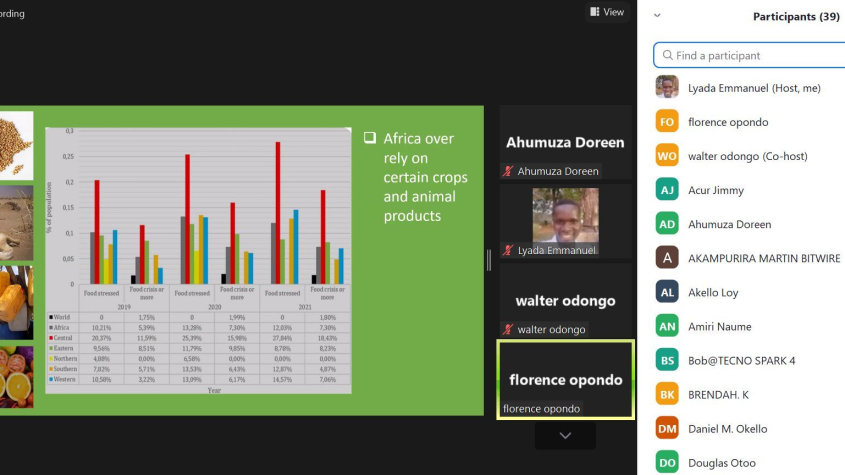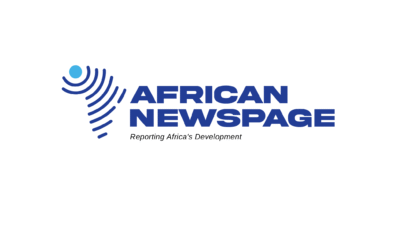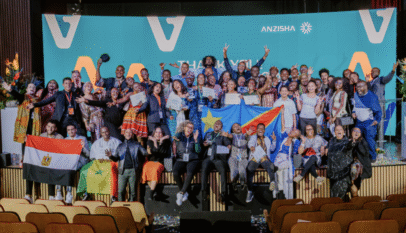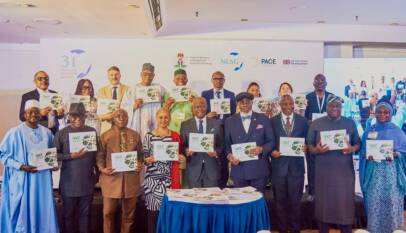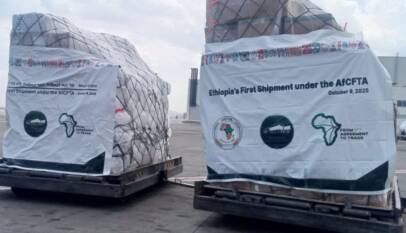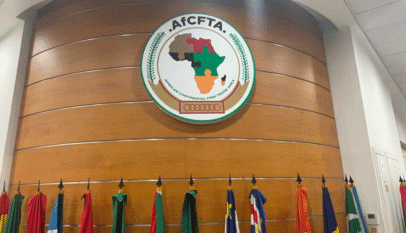When Hunger Relief Africa launched its flagship program
Hunger Relief Africa (HRA), a non-profit which seeks to eliminate food insecurity in African communities by empowering food-insecure and vulnerable households, recently launched its flagship program, which seeks to provide 3.5 million meals to its target communities across Uganda and Kenya.
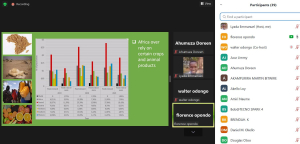
One in five Africans goes to bed hungry while an estimated 140 million Africans face acute food insecurity, according to the 2022 Global Report on Food Crises. Themed: ‘Preventing, Preparing, Anticipating and Responding to Food Crisis through a Domestic Hunger Model’, the virtual HRA program launch drew the participation of stakeholders from the international donor community, academia and private sector, marking the commencement of HRA’s operations in Uganda towards improving the continent’s hunger indices.
Recall acute hunger and malnutrition had in 2022 killed dozens of children in western Kenya as well as in Uganda’s Karamoja sub-region. In this direction, HRA will be supporting Africa’s attainment of the Sustainable Development Goals 2 i.e. Zero Hunger, by tackling the underlying causes of hunger, food insecurity and malnutrition and its effects on orphaned children, young and pregnant mothers as well as older persons above 60 years towards the realization of hunger-free African communities.
In her welcome remarks, Ms Harriet Achen, acting CEO of HRA, said the nonprofit believes Africa can be self-sufficient without having to import food from other parts of the world, adding that HRA’s strategy for feeding the continent was built on a supply chain distribution network system involving food manufacturers, grocery stores, retailers, supermarkets, restaurants, and farmers. The system, she said, entails disbursing grant support to accredited Community-Based Organizations (CBOs) to provide healthy foods to vulnerable families.
“HRA seeks to conduct research on hunger, gather and communicate data on undernutrition in Africa to treat and prevent acute undernutrition, thus the organization will work with legislators of African countries to strengthen national nutrition programs and provide social assistance grants. Additionally, multi-agency partnerships, and graduate employment opportunities will be harnessed as a strategy for feeding Africa,” said Ms Achen.
Dr Walter Odongo, HRA’s board chairman, said the launch was timely, as food insecurity had surpassed other crises in Africa with a fifth of the continent’s population being undernourished just as 55 million of its under-five children were stunted due to severe malnutrition, even as the continent has the potential to feed itself. He blamed Africa’s current state of hunger and malnutrition on climate change, the Covid-19 pandemic as well as yearly wastage of food that could feed up to 300 million people due to food supply chain challenges.
“This program is focused on building awareness about child and elderly hunger, which hasn’t received much attention. We therefore want to establish appropriate interventions targeting child and elderly hunger crisis, which requires specific nutritional interventions due to their distinctive life challenges and health problems. We call on governments, individuals, United Nations bodies, civic organizations and international crowdfunding centers to support and join the movement to help economically challenged individuals in Africa live longer, healthier, and more fulfilling lives.”
Ms Florence Opondo, an agribusiness expert from the Lakiapoa University in Kenya, while giving an overview of the current state of food insecurity and hunger in Africa, described the Eastern Horn of Africa as one of the world’s most vulnerable regions to climate shocks and food insecurity. She pointed out that as of the end of December 2022, the ongoing drought – which is projected to increase in 2023 thereby worsening food availability – had left approximately 23 million people severely food insecure across the region.
Ms Opondo said despite the commitment of some African countries to the fight against food and nutrition insecurity, the crisis continues to deepen due to many factors such as the Covid-19 pandemic and the Russia-Ukraine war, leaving many families unable to secure a single meal per day. “As Africa’s population continues to increase geometrically, with variation in dietary needs and rising food prices, the food system continues to be affected negatively. Also, the continent relies on a limited number of crops. Africa needs to diversify its crop production, as certain underutilized crops are crucial to fighting hunger.”
Ms Opondo said building a sustainable food supply system that addresses food insecurity and hunger requires the production of healthy and affordable foods, diversifying farmers’ dietary needs as well as the commercialization of food production to give farmers the opportunity to export food surpluses to boost their earnings. To this end, HRA is embarking on a fundraising drive to crowdsource $745,000 in support of its child and elderly hunger strategy across Uganda for the period 2023-2024.
The highpoint of the event was the official launch of HRA’s flagship program by Ms Grace Kabayo, Secretary General of the Pan African Women Organization (PAWO). Ms Kabayo said it was disheartening that Africa complains of food insecurity and hunger, despite having arable land, decrying the lack of commitment and will to end hunger on the continent.
“Even when there is adequate food and money to distribute to the needy, do those resources go to the right people or destination?” she questioned. “Following this launch, a firm foundation has to be built of determination, patriotic Pan-African ideologies, sustainability and communal inclusion of the masses [in the quest] to increase production, and distribution of food to pragmatically end hunger to achieve continuity of this noble course that has been begun by this non-profit.”
HRA seeks to contribute towards making Africa a net food exporter and subsequently push the continent to the top of the export-oriented global value chains where it has a comparative advantage. Therefore, it plans to distribute over $3.5 million worth of food and groceries yearly. The nonprofit’s fundraising system is based on domestic donations of up to 50% in physical products while the remaining 50% comes through grant-seeking financing to provide the equivalent of 3.5 million meals to its target communities across Uganda and Kenya.
You can learn more about Hunger Relief Africa here. For support and partnership, you can reach out to HRA via info@hungerreliefafrica.org or support@hungerreliefafrica.org

